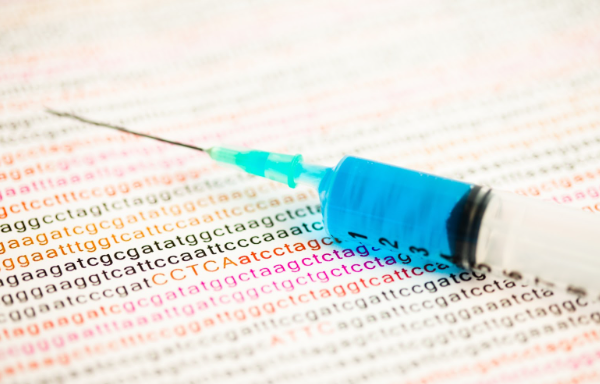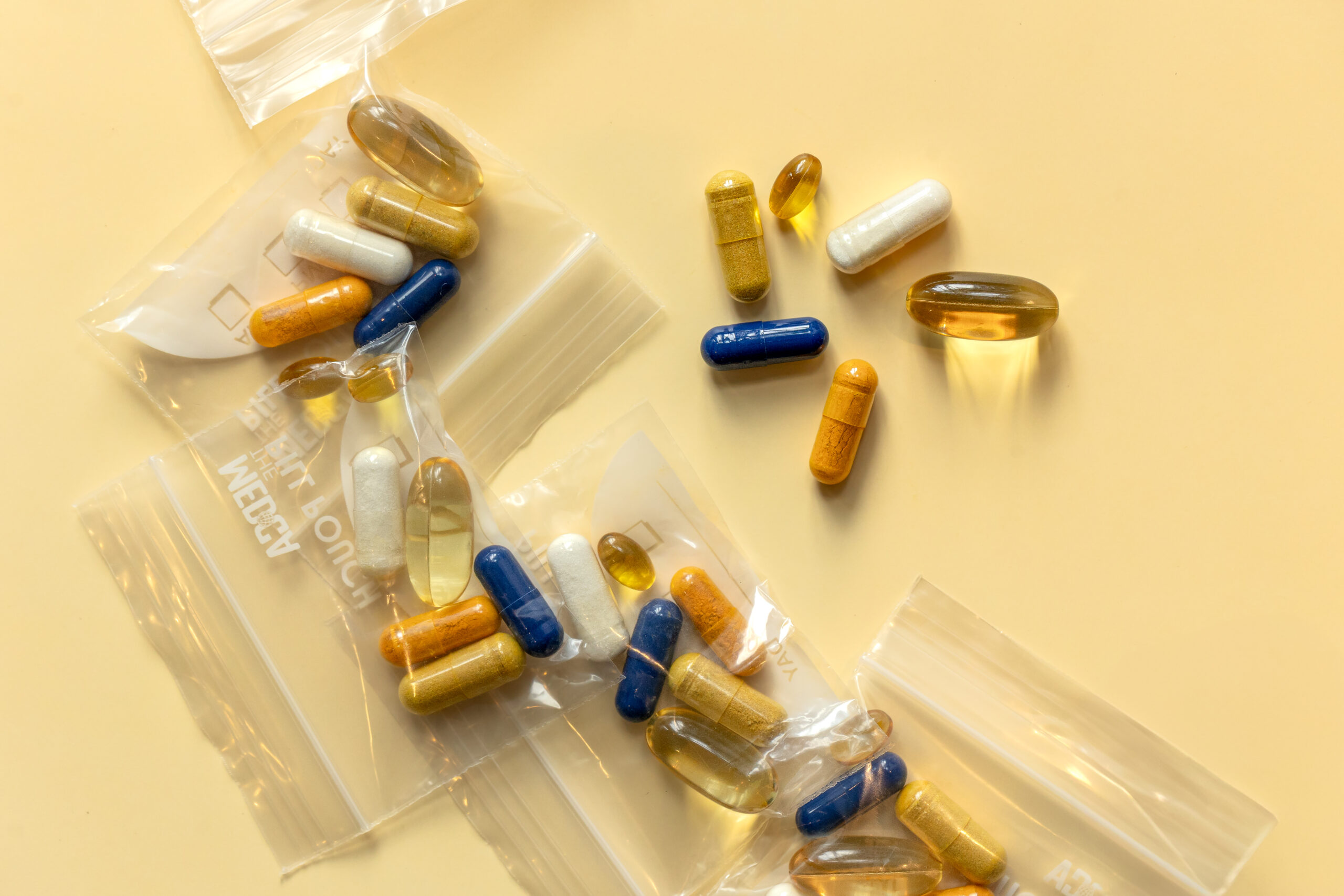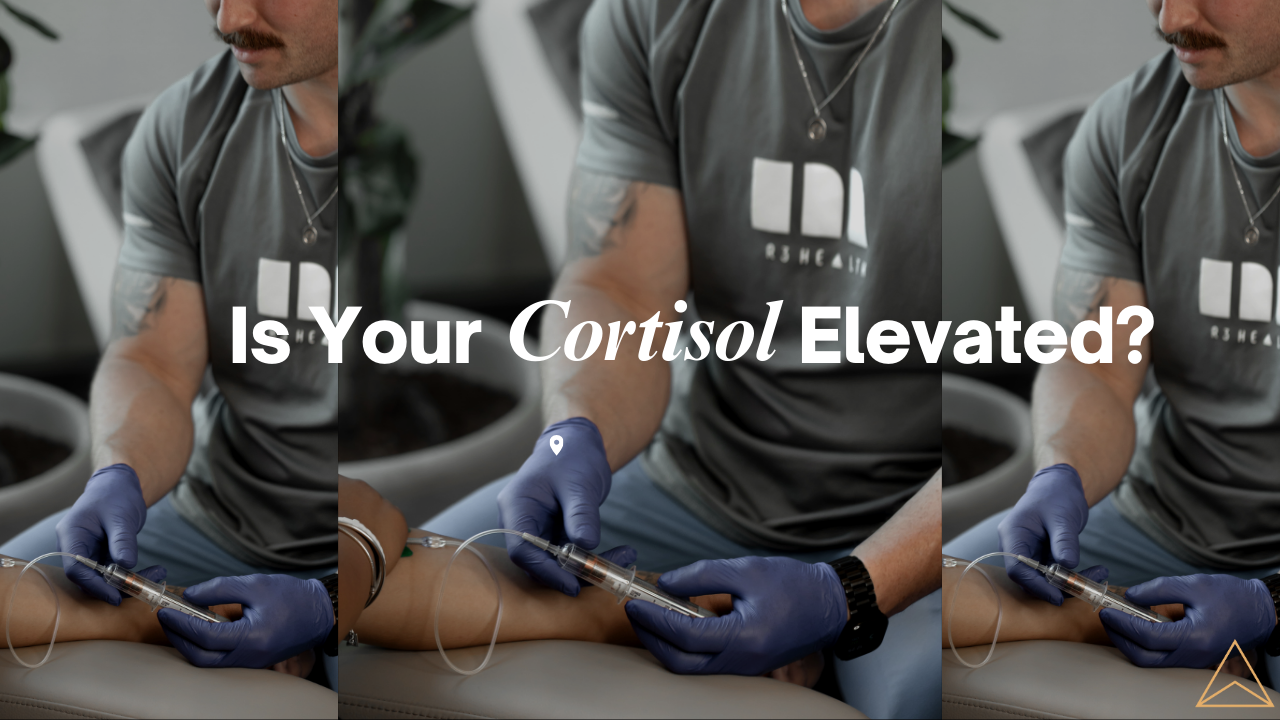If you are familiar with regenerative medicine, you have probably heard of stem cells or even exosomes but there is a new kid on the block! Cytosomes are the newest allogenic tissue product currently being investigated.
What Are Cytosomes?
Cytosomes are lipid membrane bound droplets released from cells into the extracellular space, or extracellular vesicles. These extracellular vesicles in particular are derived from amniotic fluid, making them an allogenic product. This simply means that the tissue is coming from an external source. Cytosomes act as messengers within the body, specifically in cell to cell communication. Data has shown that they are capable of penetrating cell membranes and my help target specific cell types. For example, cytosomes may be able to differentiate between normal healthy cells and potentially harmful tumor or cancer cells.
Cytosomes are obtained from consenting, pre-screened, and tested mothers at the time of cesarian section. Amniotic fluid is the fluid in which the fetus grows in within the placenta and uterus of pregnant mothers. A sample of the amniotic fluid is taken during the cesarian section procedure and sent to an accredited tissue bank to be recovered isolated and checked for quality. Tissue banks must adhere to strict guidelines enforced by the Food and Drug Administration (FDA) and the Center for Disease Control (CDC).
What are the potential benefits of Cytosomes?
There are a wide variety of potential uses for cytosomes in diagnostics, prognostics, therapeutic treatments as well as potential drug delivery systems.
Typically, when we speak about stem cells we are talking about whole cells harvested from either autogenic sources, i.e. the patient themselves or allogenic tissue from Wharton’s Jelly of the umbilical cord. Both are comprised of whole cells that are undifferentiated and have the potential to manifest characteristics of the desired tissue. Whereas exsosomes and cytosomes are classified as different types of extracellular vesicles. Exosomes and cytosomes have differing proliferation locations and protein profiles making them unique.
Exciting new discoveries and research continue to grow in the area of regenerative medicine. At R3 Health, we make it a priority continuously grow and lead in innovation for the health and care of our patients. We like to have our finger on the pulse of the regenerative research, so to speak, so we can better serve you!
Nair, S. and C. Salomon. Extracellular vesicles and their immunomodulatory functions in pregnancy. Seminars in Immunopathology (2018) 40;425-437
Doyle, L. and M. Zhuo Wang. Overview of Extracellular Vesicles, Their Origin, Composition, Purpose, and Methods for Exosome Isolation and Analysis. Cells (2019) 8; 727.
If you are familiar with regenerative medicine, you have probably heard of stem cells or even exosomes but there is a new kid on the block! Cytosomes are the newest allogenic tissue product currently being investigated.
What Are Cytosomes?
Cytosomes are lipid membrane bound droplets released from cells into the extracellular space, or extracellular vesicles. These extracellular vesicles in particular are derived from amniotic fluid, making them an allogenic product. This simply means that the tissue is coming from an external source. Cytosomes act as messengers within the body, specifically in cell to cell communication. Data has shown that they are capable of penetrating cell membranes and my help target specific cell types. For example, cytosomes may be able to differentiate between normal healthy cells and potentially harmful tumor or cancer cells.
Cytosomes are obtained from consenting, pre-screened, and tested mothers at the time of cesarian section. Amniotic fluid is the fluid in which the fetus grows in within the placenta and uterus of pregnant mothers. A sample of the amniotic fluid is taken during the cesarian section procedure and sent to an accredited tissue bank to be recovered isolated and checked for quality. Tissue banks must adhere to strict guidelines enforced by the Food and Drug Administration (FDA) and the Center for Disease Control (CDC).
What are the potential benefits of Cytosomes?
There are a wide variety of potential uses for cytosomes in diagnostics, prognostics, therapeutic treatments as well as potential drug delivery systems.
Typically, when we speak about stem cells we are talking about whole cells harvested from either autogenic sources, i.e. the patient themselves or allogenic tissue from Wharton’s Jelly of the umbilical cord. Both are comprised of whole cells that are undifferentiated and have the potential to manifest characteristics of the desired tissue. Whereas exsosomes and cytosomes are classified as different types of extracellular vesicles. Exosomes and cytosomes have differing proliferation locations and protein profiles making them unique.
Exciting new discoveries and research continue to grow in the area of regenerative medicine. At R3 Health, we make it a priority continuously grow and lead in innovation for the health and care of our patients. We like to have our finger on the pulse of the regenerative research, so to speak, so we can better serve you!
Nair, S. and C. Salomon. Extracellular vesicles and their immunomodulatory functions in pregnancy. Seminars in Immunopathology (2018) 40;425-437
Doyle, L. and M. Zhuo Wang. Overview of Extracellular Vesicles, Their Origin, Composition, Purpose, and Methods for Exosome Isolation and Analysis. Cells (2019) 8; 727.
Red light therapy uses low-level wavelengths of colored light as an effective treatment for a wide variety of skin conditions. You may have already heard of this advancement before under a different name, such as:
- infrared light therapy
- photobiomodulation (PBM)
- low-level light therapy (LLLT)
- soft laser therapy
- cold laser therapy
- biostimulation
- photonic stimulation
- low-power laser therapy (LPLT)
It feels gentle and warm—like a day at the beach—but down at the cellular level, it’s working to produce a biochemical response in the mitochondria. That’s the powerhouse of the cell where it creates energy.
By boosting those mitochondria’s efficiency, cells can produce more adenosine triphosphate. That’s a molecule common in all living things responsible for carrying energy throughout the body. With more ATP, cells can function with better efficiency to repair damages and rejuvenate themselves.
This process is mildly similar to more popular laser treatments, except for the fact that Intense Pulsed Light (IPL) sessions cause damage to superficial layers of the epidermis, inducing tissue repair and regeneration. RLT, on the other hand, skips the damaging part of laser therapies and instead goes right to stimulating the healing aspect by penetrating approximately 5mm below the skin surface.
Are you wondering how experts discovered the benefits of RLT? That particular fact is a little out of this world! In the early 1990s, scientists working on the International Space Station program performed experiments while in orbit using plants and red light-emitting diodes. They noticed that these particular light waves were effective at promoting growth and photosynthesis in their subjects.
These scientists wondered if they could harness this tech to combat many common issues caused by weightlessness during prolonged space travel like bone density problems, muscle atrophy, and slow wound healing.
Since then, there have been thousands of laboratory experiments and clinical studies done to suss out the many benefits of these powerful red lightwaves, including:
- repaired and rebuilt collagen, elastin, and other proteins
- reduced pain and inflammation
- increased blood circulation
- improved oxygenation
- enhanced lymphatic flow
- shrunken pores, wrinkles, fine lines, and scars
- accelerated healing
- extended lifespan for Botox and other fillers
- toned skin and a radiantly glowing complexion
- optimized cellular functions
- acne relief
- and more!
The RLT process is quite similar to using a tanning bed! Patients simply relax for 40 minutes in an LED light bed with an optional face panel, and the red waves get to work. Why the face panel? Because we’ve found it’s incredibly helpful in speeding up the healing process after facials—especially when paired with microneedling!
Some patients report experiencing results after only a single treatment, while other conditions benefit from a series of sessions for a better outcome. For this reason, we offer membership rates for our patients here at R3 Health for those that want to come in multiple times a month for that warm, relaxing red glow.





